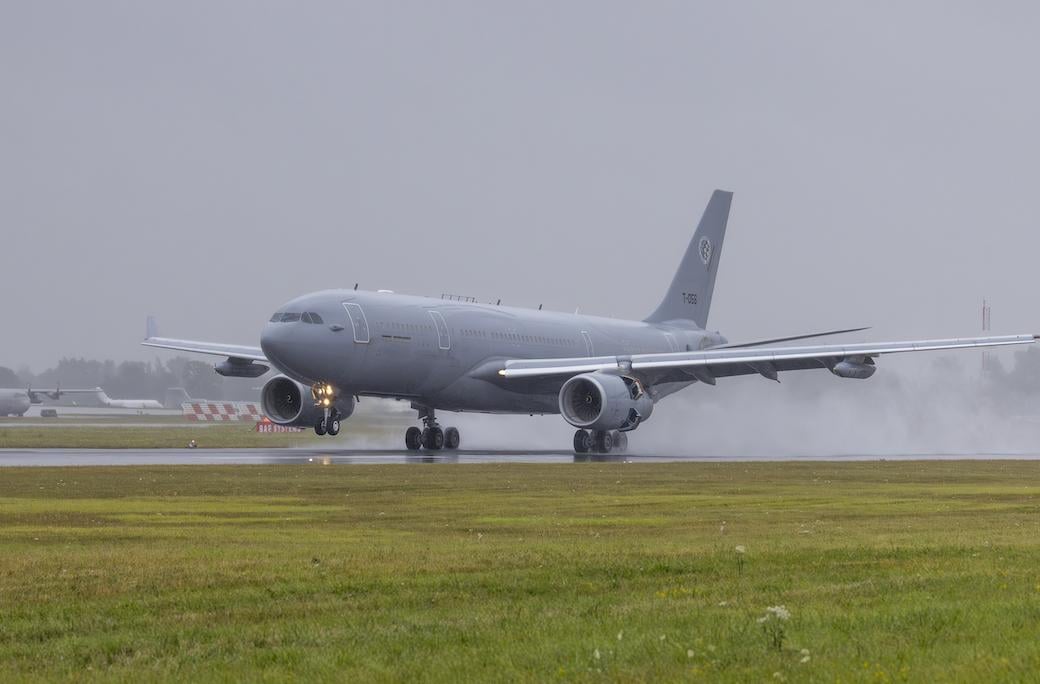
Credit: Airbus
HUELVA, Spain—Airbus has begun de-risking work to develop a second-generation Multi-Role Tanker Transport (MRTT) version based on its A330neo. The efforts underway are geared to paving the way for the OEM to transition from the existing A330-200ceo model to the reengined, re-winged A330neo...
Subscription Required
This content requires a subscription to one of the Aviation Week Intelligence Network (AWIN) bundles.
Schedule a demo today to find out how you can access this content and similar content related to your area of the global aviation industry.
Already an AWIN subscriber? Login
Did you know? Aviation Week has won top honors multiple times in the Jesse H. Neal National Business Journalism Awards, the business-to-business media equivalent of the Pulitzer Prizes.





